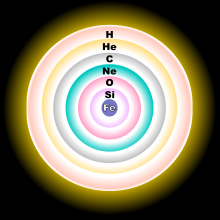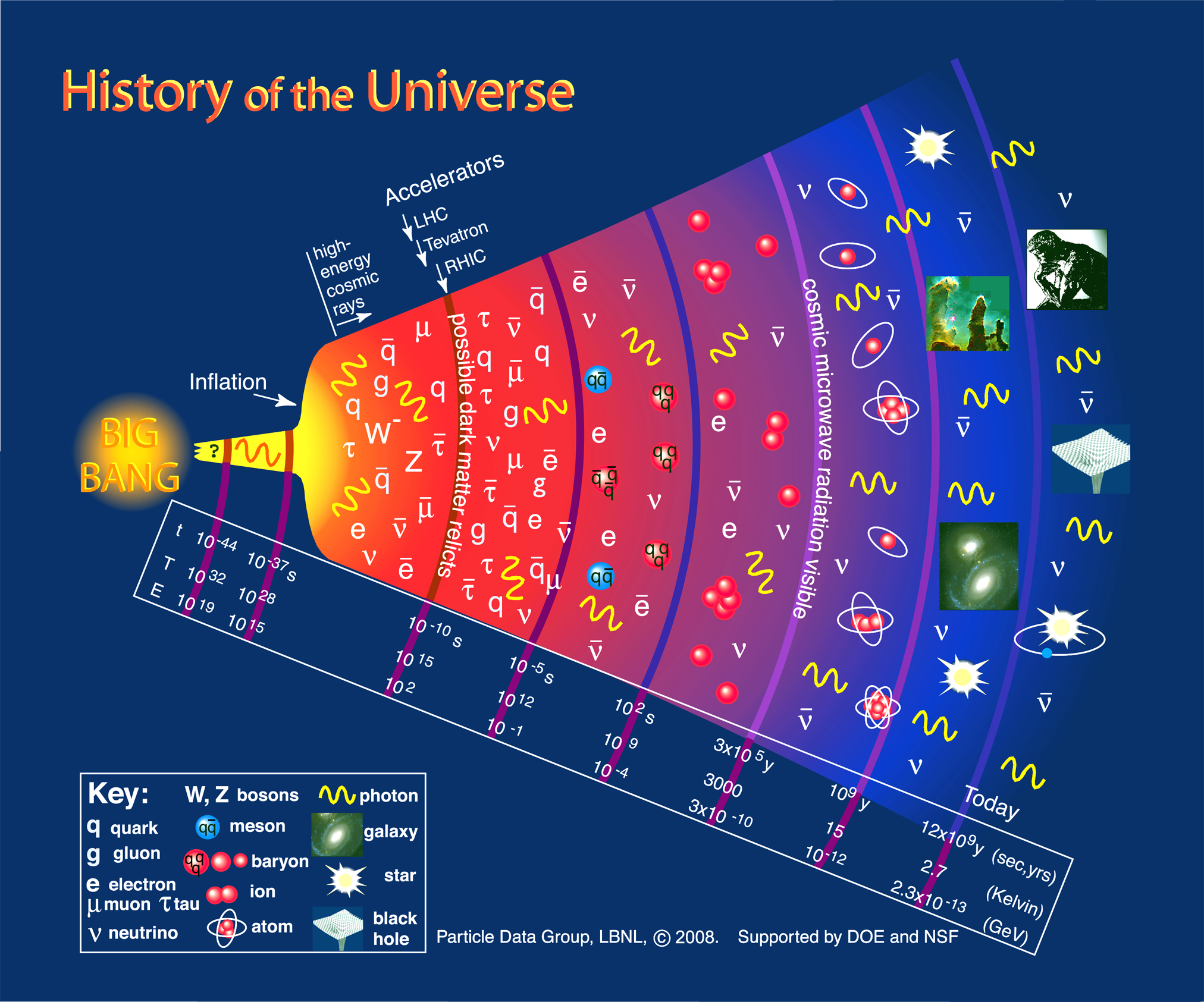 |
| wikimedia |
Artist's conception of a the red dwarf star CHRX 73 A and its companion object CHRX 73 B. The companion object is around 12 Jupiter masses, and may either be a planet, a failed star or a brown dwarf
wikipedia tells
Planetary habitability of red dwarf star systems is subject to some debate. In spite of their great numbers and long lifespans, there are several factors which may make life difficult on planets around a red dwarf star.
Tidally locked
First, planets in the habitable zone of a red dwarf would be so close to the parent star that they would likely be tidally locked.
This would mean that one side would be in perpetual daylight and the other in eternal night. This could create enormous temperature variations from one side of the planet to the other. Such conditions would appear to make it difficult for forms of life similar to those on Earth to evolve.
And it appears there is a great problem with the atmosphere of such tidally locked planets: the perpetual night zone would be cold enough to freeze the main gases of their atmospheres, leaving the daylight zone nude and dry.
On the other hand, recent theories propose that either a thick atmosphere or planetary ocean could potentially circulate heat around such a planet, or life could survive by migration.
Alternatively, a moon in orbit around a gas giant planet may be habitable. It would circumvent the tidal lock problem by becoming tidally locked to its planet. This way there would be a day/night cycle as the moon orbited its primary, and there would be distribution of heat.
Radiation
In addition, red dwarfs emit most of their radiation as infrared light, while on Earth plants use energy mostly in the visible spectrum.
Red dwarfs emit almost no ultraviolet light, which would be a problem, should this kind of light be required for life to exist.
Variability in stellar energy output may also have negative impacts on development of life. Red dwarfs are often covered by starspots, reducing stellar output by as much as 40% for months at a time. At other times, some red dwarfs, called flare stars, can emit gigantic flares, doubling their brightness in minutes. This variability may also make it difficult for life to develop and persist near a red dwarf star. Gibor Basri of the University of California, Berkeley claims a planet orbiting close to a red dwarf star could keep its atmosphere even if the star flares.
wikipedia
Tidally locked
First, planets in the habitable zone of a red dwarf would be so close to the parent star that they would likely be tidally locked.
This would mean that one side would be in perpetual daylight and the other in eternal night. This could create enormous temperature variations from one side of the planet to the other. Such conditions would appear to make it difficult for forms of life similar to those on Earth to evolve.
And it appears there is a great problem with the atmosphere of such tidally locked planets: the perpetual night zone would be cold enough to freeze the main gases of their atmospheres, leaving the daylight zone nude and dry.
On the other hand, recent theories propose that either a thick atmosphere or planetary ocean could potentially circulate heat around such a planet, or life could survive by migration.
Alternatively, a moon in orbit around a gas giant planet may be habitable. It would circumvent the tidal lock problem by becoming tidally locked to its planet. This way there would be a day/night cycle as the moon orbited its primary, and there would be distribution of heat.
Radiation
In addition, red dwarfs emit most of their radiation as infrared light, while on Earth plants use energy mostly in the visible spectrum.
Red dwarfs emit almost no ultraviolet light, which would be a problem, should this kind of light be required for life to exist.
Variability in stellar energy output may also have negative impacts on development of life. Red dwarfs are often covered by starspots, reducing stellar output by as much as 40% for months at a time. At other times, some red dwarfs, called flare stars, can emit gigantic flares, doubling their brightness in minutes. This variability may also make it difficult for life to develop and persist near a red dwarf star. Gibor Basri of the University of California, Berkeley claims a planet orbiting close to a red dwarf star could keep its atmosphere even if the star flares.
wikipedia
This is important stuff for Astrobiology considering planetary habitable zones around the billions of stars in the Universe.
It also and makes us praise even more our Heavenly Father for His Sun which He generously allows to shine to us also visible and ultraviolet light regardless of whether we are evil or good, as His only Son has said.
But I say unto you, love your enemies, bless them that curse you, do good to them that hate you, and pray for them that despitefully use you and persecute you, that ye may be the children of your Father who is in Heaven. For He maketh His sun to rise on the evil and on the good, and sendeth rain on the just and on the unjust.
Jesus
Matthew 5:44-45 KJ21
-----
Update 3 June 2012 Search for intelligent life with highly focused technique BBC article
Matthew 5:44-45 KJ21
-----
Update 3 June 2012 Search for intelligent life with highly focused technique BBC article























